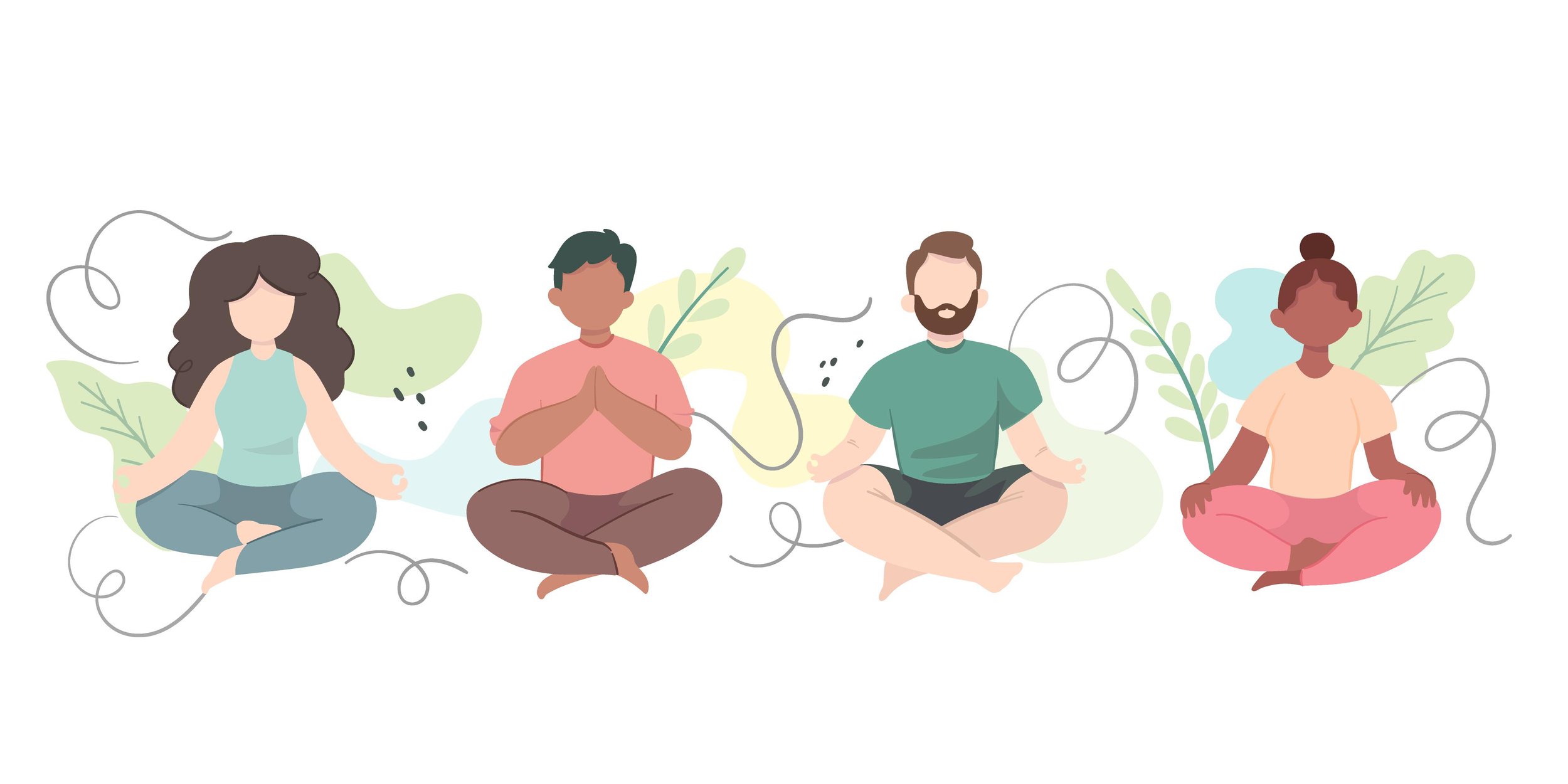Social Media Comparison Burnout
/By Megan allcock, LMFT
It seems these days that social media is somewhat unavoidable. We use it to connect with friends and family, share photos and updates, and promote our businesses, etc. However, with the rise of social media has also come the rise of comparison burnout.
Comparison burnout is the feeling of inadequacy or self-doubt that comes from constantly comparing yourself to others. Whether it's comparing your looks, career, relationships, or even your travel experiences, social media has a way of making us feel like we are never doing enough or living up to the idealized versions of others' lives that we see online.
One of the main reasons for comparison burnout on social media is the curated and filtered nature of the content that we see. It’s important to remember that people tend to only post their highlight reels of their lives - the vacations, the promotions, the romantic dates, without showing the struggles and hardships that they may be facing behind the scenes. This creates a false sense of reality and sets unrealistic expectations for ourselves and others.
Another challenge that contributes to comparison burnout is the constant need for validation through social media. We have a tendency to measure our self-worth by the number of likes and comments we receive on a post, instead of internal validation or celebration from close friends and family.
So, how can we combat comparison burnout on social media?
Awareness: the first step is to be aware and frequently reminded that social media is truly a highlight reel curated with the best moments. It is rarely, if ever, an accurate portrayal of someone’s life.
Limit screen time: try your best to be mindful of how much time you spend online. Notice how you feel when you’re not scrolling, versus when you’re interacting with people in real life.
Increase self-esteem: practice improving your self compassion and view of self. Try to remind yourself that you are good enough just the way you are and your worth is not related to the number of likes, followers, and comments you receive. Focus on the aspects of yourself that you love regardless of them showcased on social media.
Comparison burnout on social media is something I see everyday as a therapist. The rise in social media usage has only increased this level of comparison that is impacting people’s mental wellness.. By being mindful of the curated nature of social media content, limiting our time online, and practicing self-compassion, we can create a healthier relationship with social media. Remember, you are more than your social media, and your worth is not defined by likes or followers.




















